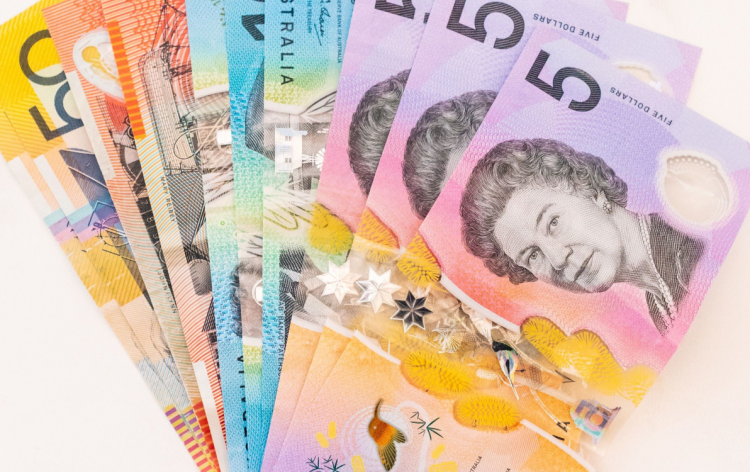Australian Dollar currency rate predictions

The Australian dollar, also known as the AUD, is one of the most commonly traded currencies in the foreign exchange market. The currency is widely used among forex traders because of its acceptable liquidity as well as volatility.
While the AUD is considered a relatively stable currency, its value can be influenced by various economic and political factors. As such, forex traders need to be aware of current trends and price movements in order to make informed trading decisions.
In this article, we will discuss the current trends and factors influencing the AUD, with a focus on the AUD/USD currency pair. We will explore the recent price movements of the AUD/USD and the events that have influenced these movements. By gaining a better understanding of the factors affecting the AUD, forex traders can make more informed decisions when trading this currency.
AUD on the FX Market
The Australian dollar, or AUD, is one of the most traded currencies in the foreign exchange market. It is considered a major currency, along with the US dollar, Euro, Japanese yen, British pound, Swiss franc, and Canadian dollar. As such, the AUD is highly liquid, meaning it is easy to buy and sell in the forex market.
The reputation of the AUD is generally considered stable, due in part to Australia’s strong economy and political stability. However, like all currencies, the AUD can experience fluctuations in value based on various economic and political factors.
The most commonly traded currency pair involving the AUD is the AUD/USD. Other popular currency pairs include AUD/JPY, AUD/CAD, and AUD/NZD. These pairs are popular among forex traders due to their liquidity and volatility, which can provide opportunities for profit.
Commodity prices are one of the major determinators of the AUD price. As Australia is one of the leading exporters of the market commodities, every process connected to coal or iron directly affects the AUD price. Mostly, demand for these commodities is high which automatically causes higher demand on AUD.
Political factors can also influence the value of the AUD. For example, changes in government policy or economic data releases can cause fluctuations in the AUD’s value. In recent years, the ongoing trade tensions between the US and China have also had an impact on the AUD, as Australia’s economy is closely tied to both countries.
Overall, the AUD is considered a relatively stable currency with fluctuating value based on economic and political factors. Traders need to keep an eye on commodity prices, economic data releases, and political developments that may impact the AUD’s value. By staying informed and making informed trading decisions, forex traders can take advantage of the opportunities provided by the AUD’s volatility.
Current Conditions with AUD and Its Impact on Financial Traders
The Reserve Bank of Australia (RBA) may pause its rate hike campaign, but this won’t stop the Australian dollar from rising towards 0.80 against the US dollar, according to experts. AUD/USD has experienced a 7% decline since February, but this alone does not provide enough evidence to suggest that the rebound from 2022 has ended. The drop to 0.6565 earlier this month was a 50% retracement of the rise between October and February, which is generally considered to be normal and not indicative of the end of the prior trend.
Additionally, AUD/USD maintained a crucial support area of 0.6580-0.6625, which includes the November and December lows. If there had been a decisive break, it would have disrupted the higher-top-higher-bottom sequence since the end of last year. However, the situation is still evolving, and AUD/USD could potentially experience further declines, which would negate the potential bullish pattern and shift the outlook to bearish. The market is pricing in a less than 10% chance of a rate hike on April 4, and the recent Australian inflation data release further cemented expectations of a pause in interest rate hikes.
Despite this, AUD is expected to benefit from higher commodity/iron ore prices, China’s efforts to revive its property market, and accelerated reopening of the economy. Moreover, news of Alibaba’s plans for a major revamp has boosted hopes that China’s regulatory crackdown on corporates could be ending. The Australian dollar is a commonly traded currency, and it is considered stable for trading. The currency is often paired with the US dollar, as well as with the euro and the Japanese yen.
Its reputation is largely tied to the country’s economic performance, which is closely linked to commodity prices. The Australian dollar can be subject to fluctuations due to economic events, such as changes in interest rates, GDP data releases, and commodity prices.


























Comments (0 comment(s))